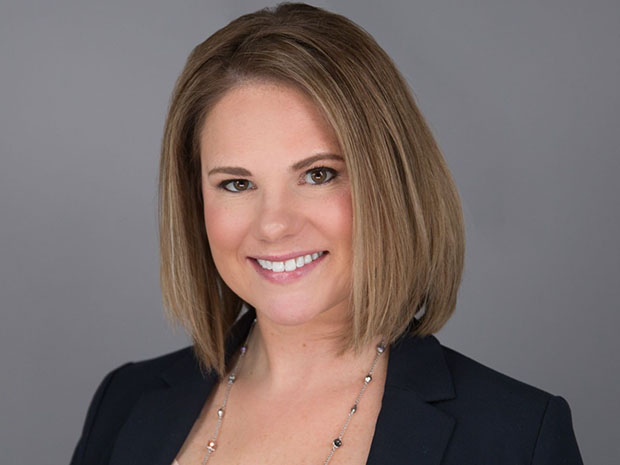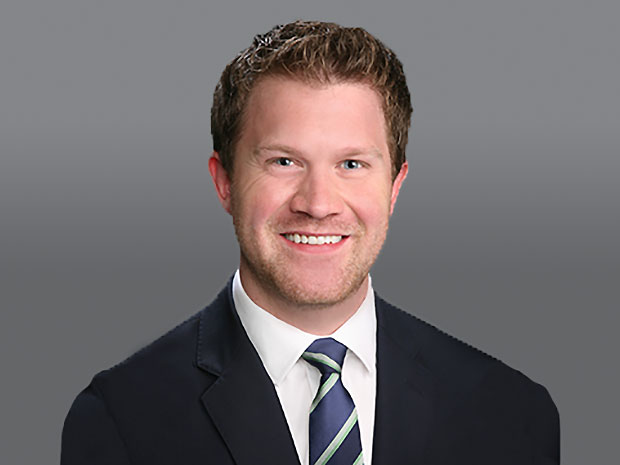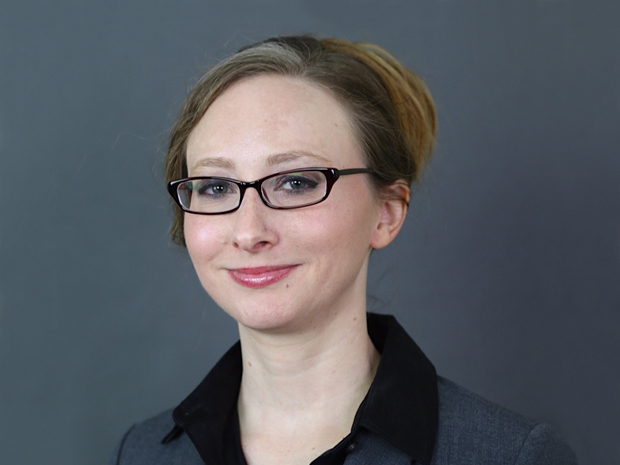Executive summary: Rev. Proc. 2023-8 provides an automatic accounting method change for taxpayers to adopt the new capitalization and amortization rules for research and experimental expenditures under section 174, for tax years beginning after 2021.
IRS issues method change procedures for section 174 research and experimental expenditures
The Tax Cuts and Jobs Act (TCJA) amended section 174 of the Code to require capitalization of specified research and experimental (R&E) expenses (new section 174). Under new section 174, specified R&E expenses must be capitalized and amortized over the applicable period (5 years for domestic research and 15 years for foreign research), beginning in the year the expenses are paid or incurred. Further, software development costs are treated as specified R&E expenses. This treatment is in stark contrast to the favorable treatment provided prior to amendments by the TCJA in which a taxpayer could deduct its R&E expenses and software development costs. New section 174 applies to specified R&E expenses paid or incurred in taxable years beginning after 2021.
On Dec. 12, 2022, the IRS released an advance copy of Rev. Proc. 2023-8, providing automatic method change procedures to implement the capitalization and amortization rules under new section 174. The procedure is effective for any taxable year in which new section 174 is in effect (presently, tax years beginning after 2021).
Scope of Rev. Proc. 2023-8
Rev. Proc. 2023-8 modifies the list of automatic method changes provided in Rev. Proc. 2022-14 to include a new automatic method change under section 7.02 of Rev. Proc. 2022-14 for a change to apply the capitalization and amortization rules under new section 174.
The automatic method change provided by Rev. Proc. 2023-8 only applies to specified R&E expenses paid or incurred in taxable years beginning after 2021 and includes different procedures depending on whether a taxpayer is requesting a change for their first taxable year beginning after 2021 or for a subsequent year.
Discussion of general procedures under Rev. Proc. 2023-8
Rev. Proc. 2023-8 provides that a change to apply new section 174 may be requested under the automatic accounting method change procedures in Rev. Proc. 2015-13. However, taxpayers requesting a change to apply new section 174 for their first taxable year beginning after 2021 may take advantage of several benefits including a simplified filing process and the waiver of the general scope limitation for method changes for the same item made within the past 5 years (prior 5-year scope limitation).
A taxpayer requesting a method change to apply new section 174 is granted limited audit protection; under this rule, no audit protection is granted for R&E expenses paid or incurred in taxable years beginning before 2022. Further, notwithstanding the general audit protection rules under Rev. Proc. 2015-13, the IRS may change the characterization or classification of a taxpayer’s expenditures as specified R&E expenditures.
Changes made for the first taxable year beginning after December 31, 2021
Taxpayers filing a method change to apply new section 174 for their first taxable year beginning after 2021 are not required to file a Form 3115 and may instead make the method change by attaching a statement to their tax return for the year of change. The information provided in the statement must include:
- the name and EIN/SSN of the applicant;
- beginning and ending dates of the tax year of change;
- the designated accounting method change number (265);
- a description of the type of expenditures included in the change as specified R&E expenditures;
- the amount of specified R&E expenditures paid or incurred by the applicant in the year of change; and
- a statement that the applicant is changing the method of accounting for specified R&E expenditures on a cut-off basis. The applicant must also state that under the new method they will capitalize such expenses to a specified R&E capital account and amortize it over a 5-year or 15-year period, as applicable, beginning with the mid-point of the taxable year in which the expenses were paid or incurred.
Changes made for a taxpayer’s first taxable year beginning after 2021 are made on a cut-off basis without a section 481(a) adjustment. Further, the prior five-year scope limitation that generally applies to all automatic method changes is waived for the first taxable year beginning after 2021. Thus, taxpayers that previously filed method changes for R&E expenses or software development costs may still make an automatic method change to apply new section 174.
Changes made for later taxable years
A change made for a taxable year subsequent to the first year beginning after 2021 must be requested through the filing of Form 3115, in line with the general automatic accounting method changes procedures. Further, such change is made with a modified section 481(a) adjustment that only takes into account specified R&E expenses paid or incurred in taxable years beginning after 2021.





